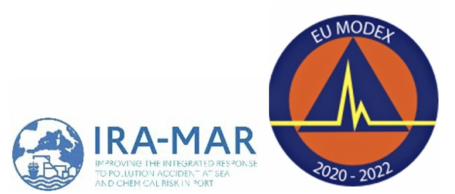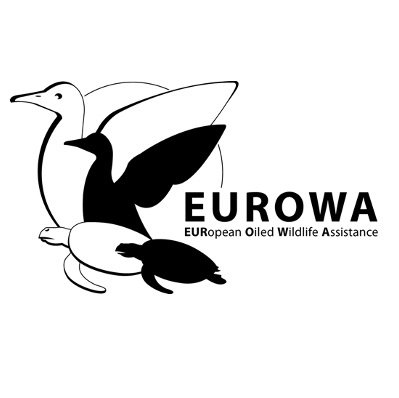
Netherlands preparedness project moves forward
Work has begun on the oiled wildlife response programme introduced in our December 2017 newsletter.
One focus of that new programme (see Winter 2017 newsletter) is the development of methodologies to assess what an unfolding oil spill scenario could mean for resources on the ground that would need to be mobilised to deal with impacted animals.
Experts from permanent rehabilitation facilities recently met to develop and discuss a methodology for predicting the point at which new admissions would overload a facility. By looking at day by day increases in animals, such as would happen during a spill, a quantitative assessment was created to predict when that overload would occur. A full discussion day introduced the methodology to participants, who then applied the philosophy using the floor plans of the various centres involved in the project.
Taking the process to the next level required further development of the Birds in Rehab model. This computer-based mathematical model can simulate the arrival of oiled birds in a temporary rehabilitation centre and their subsequent migration through the facility where they will be stabilised, cleaned and prepared for release. The tool has already demonstrated its usefulness in showing where, why and how bottlenecks could appear, using a scenario based on processes used for one-species.
The next version of the tool is intended to run scenarios with various species, which would provide insight into competition for resources between species, as this will also have an implications for workflow and capacity at the rehabilitation facilities.


